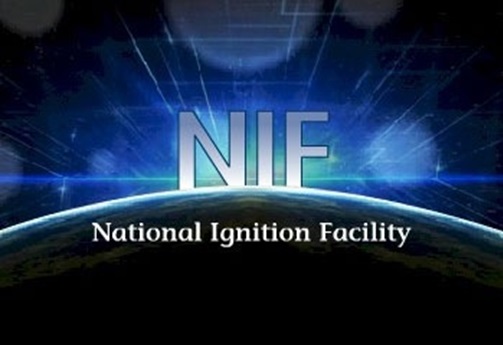Part 3 of 6 Parts
Brandon Sorbom is the chief science officer at Commonwealth Fusion Systems. While talking about the SPARC tokamak that his company is building, he said, “We sometimes get dinged at plasma physics conferences. People say ‘you designed the machine too conservatively.’ Like, of course SPARC is going to work with the physics basis that it has. [But] you would like a power plant to be very boring and predictable.”.
Commonwealth is one of the largest companies in the private fusion space. Its leaders expect that their SPARC will be completed in 2026. They’re confident that the machine will be able to produce much more energy than it absorbs. Sorbon said that SPARC uses “literally the exact same physics as ITER. But [it] takes advantage of technology that has come around in the last 25 years to make a device that’s much, much smaller.”. SPARC is only about twenty-four feet across, making it significantly cheaper and faster to build.
Meanwhile, other companies are trying approaches to fusion that are similar to NIF’s. Compressing fusion fuel down with a sharp shock to trigger ignition. One of the newest and most well-funded of these startups is Pacific Fusion. It announced last year that it had closed an initial round nine hundred million dollars in funding from former Google CEO Eric Schmidt, Patrick Collison, Reid Hoffman, and other Silicon Valley luminaries.
Pacific plans to build off of an approach pioneered by a different federally funded facility, Sandia National Lab’s Z Machine. In the Z machine, enormous electrical power is released in a single pulse less than a microsecond long, sending mega-amps of current through a cylindrical tube of metal surrounding the fusion fuel. The current produces an intense magnetic field that crushes the metal tube, creating pressures high enough to initiate fusion. This type of pulsed-power setup has never led to net energy. However, research suggests it should be possible to achieve.
The physics behind Pacific, Commonwealth, and the rest seems sound, but their estimated timelines are another matter. Most of these fusion research companies are promising fusion power on the commercial electrical grid in about ten years or less. Many outside experts believe that these are overly rosy forecasts. Ryan McBride is a professor of nuclear engineering at the University of Michigan. He said, “It’s going to be tough for anybody, in my opinion, to put electricity on the grid by then. People don’t want to wait [for ITER], so they’re trying to short circuit that timeline with alternative concepts, and if one of them is successful, that would be great….But it has not been demonstrated yet. The only real fusion accomplishment that has been truly demonstrated is the NIF ignition result.”.
And NIF is a long way from demonstrating anything like commercially viable fusion power. NIF did demonstrate that it could get more power out of fusion than was delivered to the target by the lasers. However, the power that the lasers themselves are pulling from the electrical grid is roughly one hundred times greater than what they deliver, far more than the energy liberated by each pulse of fusion. A reliable commercial fusion power plant based on NIF would have to solve that problem, and it would have to perform those laser shots far more often.
Please read Part 4 next


Leave a Reply